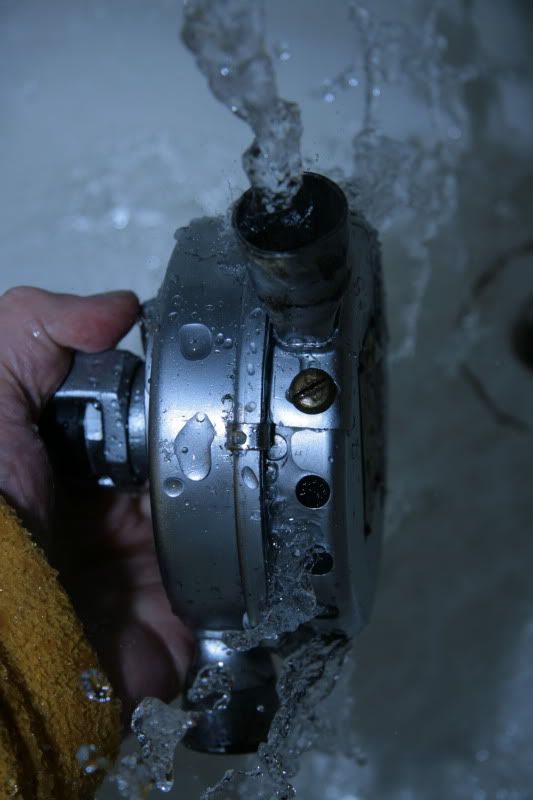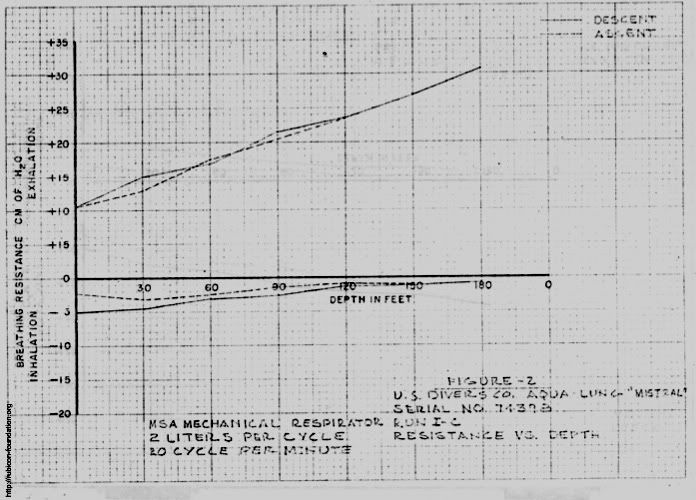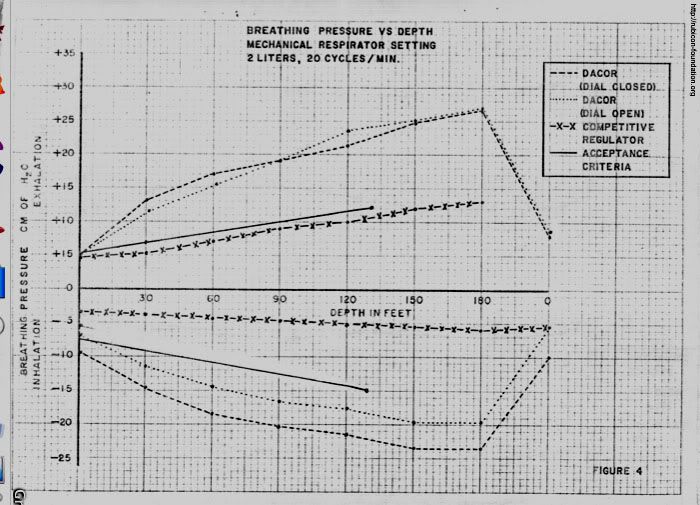Chez7222
Registered
That'd would be great, my oldest son is planning on doing the same. If he's done I was trying to get my wife and youngest out there too.
Welcome to ScubaBoard, the world's largest scuba diving community. Registration is not required to read the forums, but we encourage you to join. Joining has its benefits and enables you to participate in the discussions.
Benefits of registering include
Chris,@ John - I haven't been able to go diving, rescheduling due to work. I've been trying to get to Blue Grotto to test it out. I was looking at the graphs and during the restoration process I went with a duck bill eliminator... do you in your opinion think this is a factor.
@ Paladin - thanks brother, I have two Aquamasters that I use with a custom harness made from an Air Force parachute rig. My bud made me one for Christmas and we dove it at Ginnie Springs FL 27 DEC 12 (btw last time I dove >:^[ ...)
http://i1288.photobucket.com/albums...0C59E3A5-558-000000445072BB91_zps3e2e5a5e.jpg
http://i1288.photobucket.com/albums...64989BBE-558-00000044346895A7_zps067303a2.jpg
in this pic maybe you can see the milspec clasp assembly in the front if you zoom in; works like a champ.
I have to take a better picture of it; it's really is a good design done in the ALSE shop.
Chris S.
---------- Post added February 21st, 2013 at 09:26 PM ----------
@ Nemrod ... Hilarious, you are kind for not telling him, being a native New Yorker I probably would not have been able to resist.


Chris,
Concerning the duckbill eliminator, my tests indicate that no mushroom valve will equal a duckbill. But I did the evaluation using water as a fluid, not air and did not make any measurements on breathing resistance. Also, I have not specifically evaluated the Duckbill Eliminator.
Now, there are many advantages for a duckbill eliminator (mushroom valve). Once you have it, you probably will never need to replace it. I have 50 year-old Healthways mushroom valves which still function. Also, this may be very academic as there is a 6 inch or more suction on the exhaust hose measured from the center of the lungs. I have used my Healthways with the mushroom valve, and noted no problems with the exhaust resistance. But if you are taking the regulator on a very deep dive, or a hard-working dive at moderate depth, the duckbill will probably out-perform the mushroom valve.
SeaRat







my tests indicate that no mushroom valve will equal a duckbill.
you are entirely valid in showing that the visual demonstration has limitations.
Lewis H:On a separate subject, I realize that there is a lot of old literature that uses the center of the lungs as critical point, but my theory that is not was partially verified during my visit to the Navy Experimental Diving Unit. Let me just say that the test probes on the breathing simulator test dummies is not located at the lungs.
